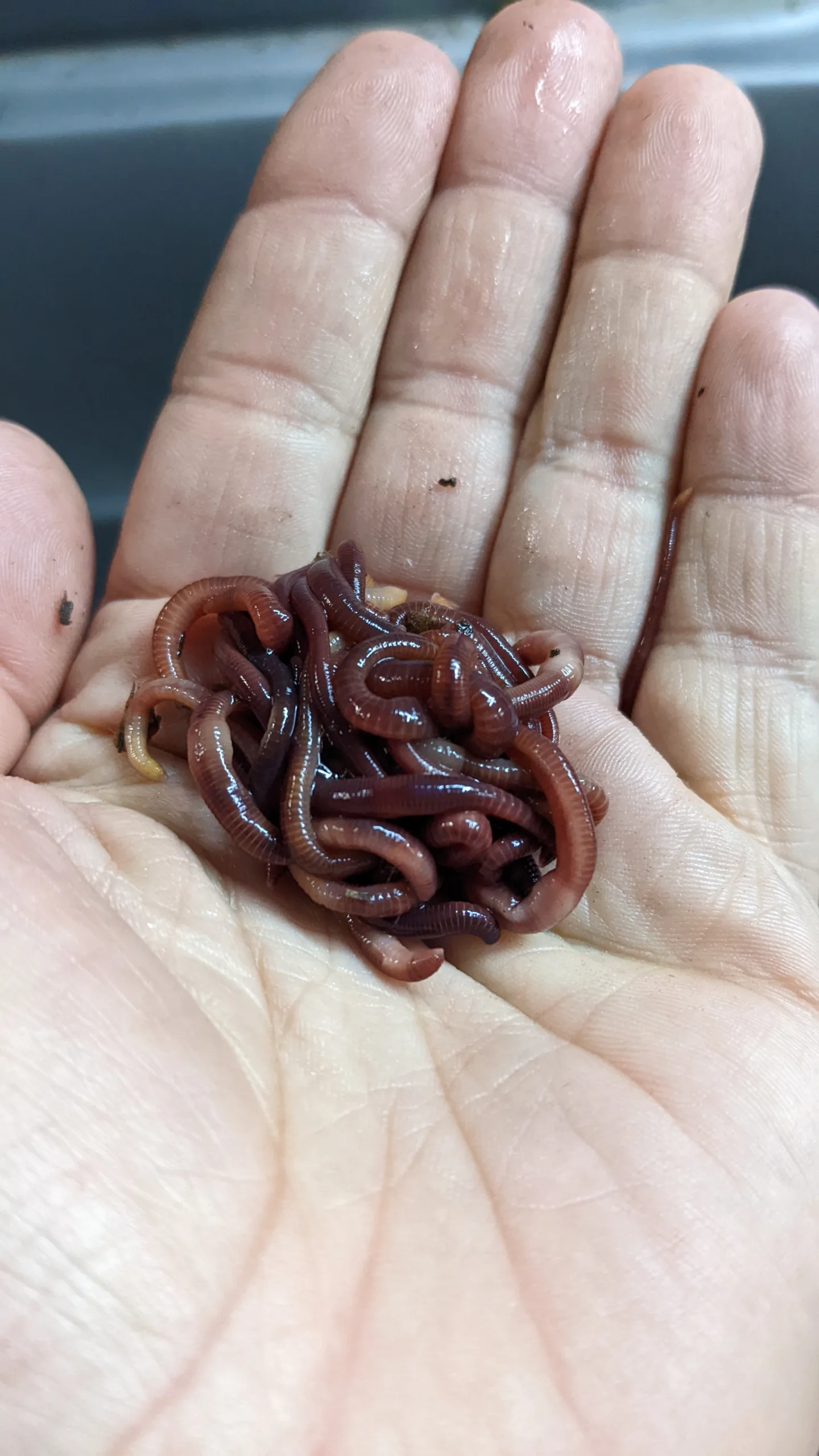What Does Red Wiggler Express Do?
What Does Red Wiggler Express Do?
Blog Article
Top Guidelines Of Red Wiggler Express
Table of ContentsNot known Facts About Red Wiggler ExpressMore About Red Wiggler ExpressLittle Known Facts About Red Wiggler Express.4 Easy Facts About Red Wiggler Express Shown5 Easy Facts About Red Wiggler Express Described
And the prospering Red Worm population? Also in the heap that was set up directly in front of yard composters with existing Red Worm colonies.
Many selections, including Red Wigglers, European Nightcrawlers, and Lumbricus varieties were brought over from the European continent. Yet here's the thingNative or otherwise - and as skilled as they go to having the ability to make it through in a wide-range of settings and problems -. In other words, they are even more likely to hang out in any kind of active composting systems you have actually established up, than they are to roam off and start destroying the setting.
Roots need oxygen for respiration and count on smooth air flow within the dirt to thrive. When it rainfalls, dirt can become saturated with water, lowering the oxygen readily available and preventing nutrient absorption. To preserve an ideal balance, the dirt has to enable water to drain pipes sufficiently, leaving enough area for air to sustain origin health
Indicators on Red Wiggler Express You Should Know

When it pertains to worms for composting, what comes to mind? If you were an earthworm dog breeder, supplier, or plain garden enthusiast, then you would certainly recognize that red wiggler worms are the perfect worms for vermicomposting. To get more information concerning these earth wonders, read with several of the red worm realities listed below.
(https://asklink.org/Red-Wiggler-Express_358197.html)Yet if they stretch their bodies, you'll be able to see the red stripes on their skin. When raising worms such as red wiggler worms, you must be able to understand how to profit them. When you have the ability to keep and look after their habitat well, and additionally feed them the appropriate type of organic wastes, then they'll be able to generate nutrient-packed and quality-rich worm spreadings for you (likewise known as worm poop or compost).
Red Wiggler Express Fundamentals Explained
What do worms consume? Well, these red wriggler worms can be fed with kitchen area scraps and garden wastes.

This behavior makes them fit for life in worm containers, compost piles, and other restricted areas where organic waste is plentiful. Producing an ideal atmosphere for red wigglers requires a thoughtful approach. Consider the complying with necessary components to take care of red wigglers in your home and guarantee their health: Utilize a bed linens of shredded newspaper or cardboard.

Red wiggler worms duplicate by laying small, lemon-shaped eggs in safety cocoons. These cocoons are usually deposited in the bedding and hatch right into infant worms within a few weeks.
10 Easy Facts About Red Wiggler Express Described
Their flexibility and durability have actually made them a preferred choice for vermicomposting in different regions around the world. Take into consideration protective actions for really extreme temperatures such as: Insulating the worm bin with layers of straw or leaves. Red Wiggler Express.

Simply keep in mind - you can always include more food later on (yet it's tough to eliminate feed once it's been added to a container!).
Since I fed the red wigglers and compost worms excessive, they weren't able to keep up and with time the older food went uneaten and produced anaerobic conditions that eliminated the worms. The bright side is that there are extremely basic actions you can require to guarantee this does not take place! Right here're the 6 golden regulations for exactly how often and just how much to feed your worms: Guideline # 1: Small amounts! You can constantly add even more food later on.
Red Wiggler Express - Questions
Leftover food will certainly lead to anaerobic conditions that will kill your live worms. Policy # 6: After the initial feeding, feed the worms 1/3 to 1/2 of their weight.
Report this page